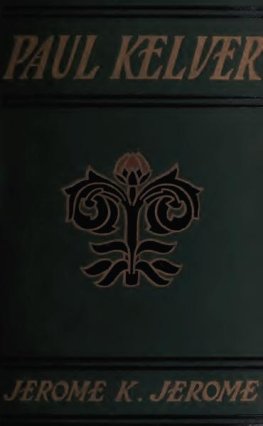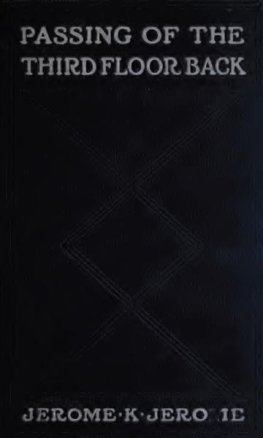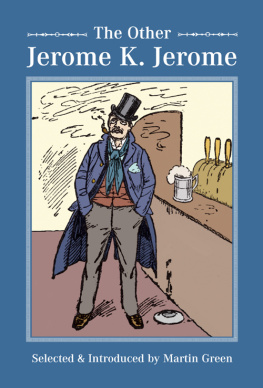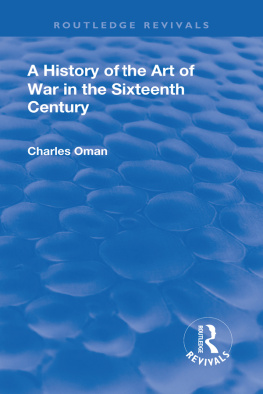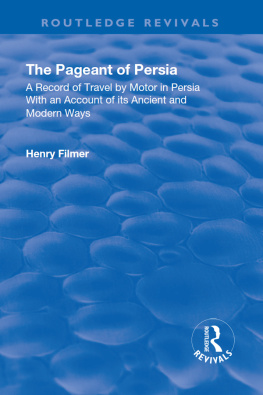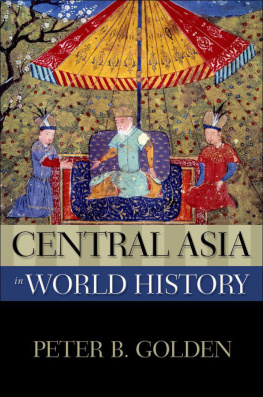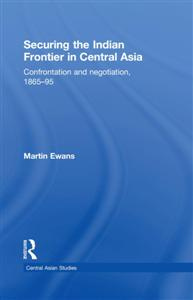The HIGHLANDERS of CentralChina
A History 1895-1937
The Highlanders of Central China
A History 1895-1937
Jerome Ch'en
An East Gate Book
First published 1992 by M.E. Sharpe
Reissued 2018 by Routledge
2 Park Square, Milton Park, Abingdon, Oxon OX14 4RN
711 Third Avenue, New York, NY 10017, USA
Routledge is an imprint of the Taylor & Francis Group, an informa business
Copyright 1992 by Taylor & Francis
No part of this book may be reprinted or reproduced or utilised in any form or by any electronic, mechanical, or other means, now known or hereafter invented, including photocopying and recording, or in any information storage or retrieval system, without permission in writing from the publishers.
Notices
No responsibility is assumed by the publisher for any injury and/or damage to persons or property as a matter of products liability, negligence or otherwise, or from any use of operation of any methods, products, instructions or ideas contained in the material herein.
Practitioners and researchers must always rely on their own experience and knowledge in evaluating and using any information, methods, compounds, or experiments described herein. In using such information or methods they should be mindful of their own safety and the safety of others, including parties for whom they have a professional responsibility.
Product or corporate names may be trademarks or registered trademarks, and are used only for identification and explanation without intent to infringe.
Publishers Note
The publisher has gone to great lengths to ensure the quality of this reprint but points out that some imperfections in the original copies may be apparent.
Disclaimer
The publisher has made every effort to trace copyright holders and welcomes correspondence from those they have been unable to contact.
A Library of Congress record exists under LC control number: 90009156
ISBN 13: 978-1-138-89537-9 (hbk)
ISBN 13: 978-1-315-48961-2 (ebk)
At the Chengdu end of my life, for C.C. and Yu
At this end of my life, for Laura and Barbara
Note: Tables are gathered at the end of each chapter.
THIS PROJECT has been funded with a generous grant from the Social Sciences and Humanities Research Council of Canada and several minor research grants from my own university, York University in Toronto. While on two field trips in China, the Social Sciences Academy in Beijing, the Social Sciences Academy in Shanghai, and the provincial Social Sciences Academies of Sichuan and Hunan kindly extended their friendship and hospitality to me. I am most grateful.
In my research, I have received the courtesy and untiring assistance of the staffs of several librariesin North America, the East Asian libraries of the University of Toronto and the University of Michigan at Ann Arbor; in Japan, the Toyo Bunko, the East Asian Studies Centre Library of Todai, and the library at the Jimbun Kagaku Kenkyujo of Kyodai; in China, the Peking National Library, the Municipal Library of Shanghai, the Provincial Library of Sichuan, the Municipal Library of Chongqing, and the Library of the Hunan Social Sciences Academy. I remain deeply in their debt.
Everywhere I went on my field trips in Central China, I was unselfishly helped by the local historians who were then engaged in revising their gazetteers, and by journalists, teachers, and party cadres. I was privileged to share their peerless local knowledge in many sessions of discussion. The villagers and townsmen regarded me as an oddity and stopped me with their questions in the street or in the marketplace. I learned a great deal from them.
I asked for and obtained the guidance of an economist friend, Professor John Buttrick, to eliminate the howlers in my manuscript. In my own field, professors David Buck, Edward Friedman, Diana Lary, and Mark Selden read the draft with minute care and gave me their most insightful comments. In return I offer them my sincerest thanks.
Last, but not least, I must thank Ms. Anita O'Brien for her excellent and painstaking editing of the manuscript.
IN a PERIOD of profound confusion (1895-1937), little in China was standardized. Weights and measures were snafu; the monetary system was skimble-skamble. Even the sentence structure and pronunciation of the language were far from consistent. The marvel was that all of them somehow worked. In spite of local and trade variations, the weights, measures, and monies, like Chinese words, were understood by their users, if only vaguely.
All the units listed below were certainly in use, but they varied from place to place or from trade to trade. All attempts to make them uniform ended in failure. The mu, for example, was first decreed to equal 6.144 are ( gongmu ) by the Beijing government and then to equal 6.667 are by the Nanjing government. No one seems to have paid much attention to the decrees; the old mu continued to reign. At some places it was smaller than 2 are and at other places larger than 32 are. In the highlands, peasants hardly used the mu at all; they used weight units, a basket or a picul of rice, to measure areas of land. At each central market in Sichuan, it received dozens of definitions among the trades and then several more dozens of definitions from one market to the next.
Commonly Used Weights and Measures
| li | 0.5760 km; 1.1520 shili ; 0.3579 miles |
| mu | 0.06 hectares; 0.9216 shimu; 6.144 (later 6.667) are; 0.15 acres |
| jin | 1 catty; 0.5279 kg; 1.0557 shijin; 1.1637 lbs |
| dan | 1 picul; 100 catties |
Sichuan Salt
| zhai | 900 piculs; 90,000 catties |
| bao | 200 catties; 80 Sima catties |
| piao | 1 picul |
| yin | 100 piculs |
A new jin for Sichuan salt was enacted and introduced at the end of 1933 by the Ministry of Finance. It was considerably lighter than the old: 100 old catties equaled 127 new ones. This was obviously a way to increase the rate of the gabelle, but it only succeeded in provoking widespread resentment and protest. Early in 1934 it was abandoned.
Tong Oil
Containers
| Sichuan: | Fuling tong (barrel) | 200catties |
| Wanxian lou (basket) | 200catties |
| Yunyang lou | 200catties |
| Hubei: | Xiangyang lou 200 | catties |
| Hunan | long (basket) | 100,75, or 50 catties |
| tong wood | 105catties |
| iron | 330catties |
| guan (jar) | 30 catties |
The basket was made of wicker covered with oiled paper to make it water-tight.


